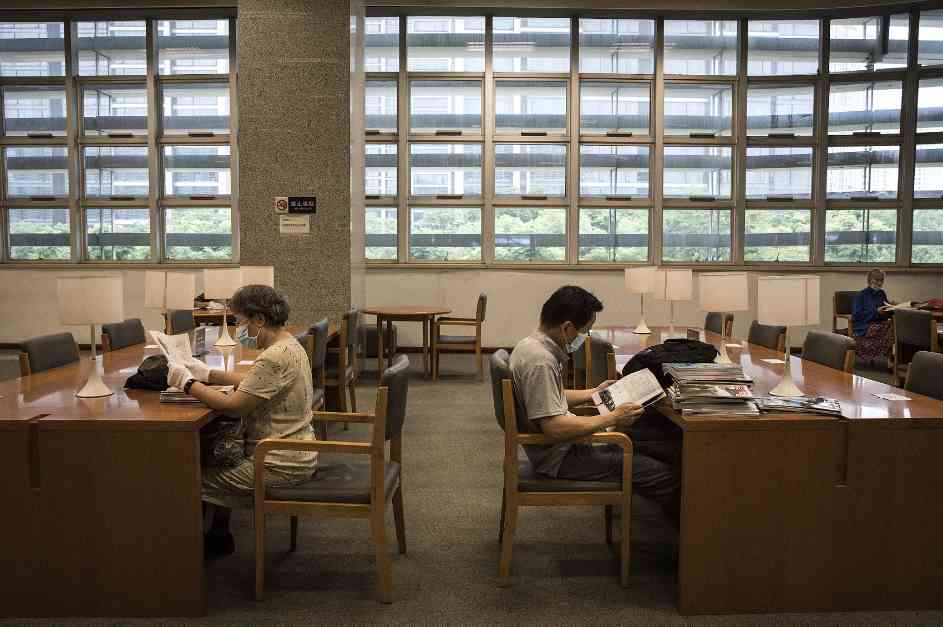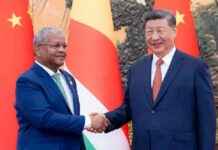The relationship between the United States and China is currently facing significant challenges, with tensions at their highest point in over 50 years. This strained relationship has had a profound impact on American students studying in China, presenting various obstacles and uncertainties. As universities navigate these new restrictions and complexities, they are tasked with finding ways to re-engage with China while addressing the evolving landscape of U.S.-China relations.
The Impact of COVID-19 Restrictions
The COVID-19 pandemic brought about unprecedented disruptions to international travel and study abroad programs, effectively closing the borders for American university students seeking to study in China. Between 2020 and 2023, only a limited number of students were able to find opportunities to pursue academic endeavors in China. As the world grappled with the challenges of the pandemic, the already strained U.S.-China tensions continued to escalate, further complicating the prospects of student engagement.
The closure of borders and travel restrictions during the pandemic created a significant barrier for American students who were eager to experience studying in China. The limited opportunities for in-person academic exchanges hindered the cultural and educational enrichment that comes with international study programs. As universities now navigate the post-pandemic landscape, they are faced with the task of re-establishing connections and re-engaging with China.
Challenges and Considerations for Academic Engagement
The evolving dynamics of the U.S.-China relationship have raised important questions and considerations for American universities looking to facilitate student exchanges and academic collaborations with Chinese institutions. Concerns about safety, visa policies, rising tensions in the region, and the shift towards digital payment systems in China have added layers of complexity to the process of studying in China.
Navigating the uncertainties and challenges of academic engagement with China requires a nuanced approach that takes into account various factors, including geopolitical tensions, cultural differences, and logistical considerations. The need for clear communication, strategic planning, and risk management strategies is essential for universities to facilitate meaningful and productive engagements with Chinese counterparts.
Opportunities for Re-Engagement and Collaboration
Despite the obstacles and hurdles facing American students studying in China, there are opportunities for universities to lead the way in re-establishing academic ties and fostering cross-cultural collaborations. Initiatives such as study abroad programs, faculty exchanges, and research partnerships can serve as catalysts for re-engagement and mutual understanding between the U.S. and China.
By actively promoting and supporting academic exchanges with China, universities can contribute to the broader goal of strengthening bilateral relations and fostering academic dialogue on critical issues. The importance of maintaining open channels of communication, promoting cultural exchange, and nurturing academic partnerships cannot be understated in the current geopolitical climate.
In conclusion, the challenges and complexities facing American students studying in China require a strategic and thoughtful approach from universities. By recognizing the unique opportunities for re-engagement and collaboration, institutions can play a vital role in bridging the gap between the U.S. and China and promoting academic exchange and mutual understanding. As we navigate the ever-evolving landscape of U.S.-China relations, it is imperative that universities remain committed to fostering academic connections and promoting cross-cultural dialogue for the benefit of students, faculty, and society as a whole.









![Indie music fans gather at l’Antipode for [Face B] Kool Things soirée on Saturday night news-15112024-105933](https://shanghainewstv.com/wp-content/uploads/2024/11/news-15112024-105933-218x150.jpg)







